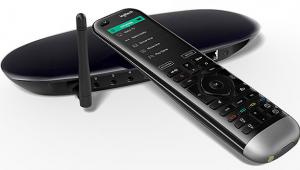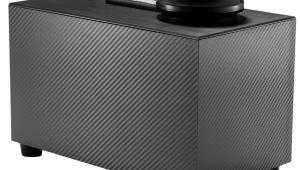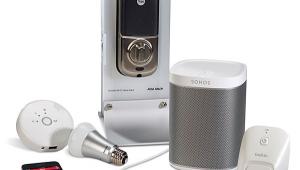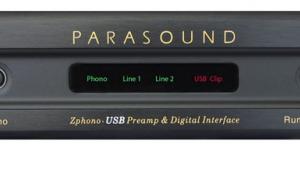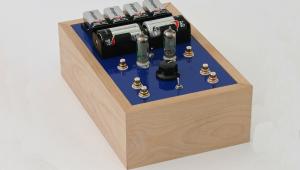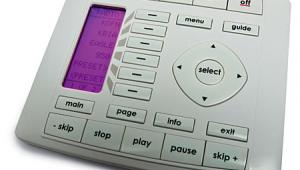PS Audio P300 Power Plant
There was a time when playing with audio was a lot of fun. I was a pretty tweaky guy and would regularly try out all of the latest tweaks and accessories. Then, about seven or eight years ago, I kind of burned out. I had gone to visit the home of a fellow audiophile who was so obsessed with adjusting and fiddling with things that listening to music had taken a back seat. Rather than see myself following the same path, I decided to go on kind of an antitweak rant. Sure, careful setup remains important, but enjoying music has become even more so. Consequently, when a manufacturer approaches me with some new device made from Unobtainium that's supposed to make my life better for a mere $299, I tend to get defensive. This, however, was not my reaction when I first saw the PS Audio P300 Power Plant because most of its design approach followed what I had for years thought would be a great way to deal with the crappy AC power most utilities deliver.

Over the years, I have used a great number of power-conditioning devices. Most of them were beneficial in certain areas of performance, but usually with tradeoffs in others. Most tended to make the sound smooth and dimensional, but often at the expense of life, dynamics, and rhythm. For the last seven years, I have used an API Power Wedge model 116, which helps a lot with the unpredictable New York City power, making the sound more consistent. Still, I have always felt that things could be even better.
Paul McGowan, the "P" in PS Audio, cringes when people refer to his P300 as a power line conditioner. The word conditioner suggests that it takes the existing AC power and attempts to clean it up, as do most of the available products. The Power Plant, however, works in a very different way. Imagine that you've bought an old house that's in a very poor state of repair. The quick and easy fix would be to slap on some new paint and run around with a bucket of Mr. Clean in an attempt to make it look better, but underneath it would still be the same crappy old house. The only way to really make an improvement would be to demolish the house, then use whatever good building material is left to make a new (although somewhat smaller) house. This is essentially how the Power Plant works. Rather than trying to clean up the existing power, it rectifies the power to DC, then uses an oscillator to generate new AC power. PS Audio likes to refer to it as a personal power regenerator. If you think this process sounds a lot like the way a power amplifier works, then you get full points. Replace the oscillator with a line-level input, and you essentially have a power amp. In fact, PS Audio will be introducing a matching line of power amps based on the same circuits and chassis as the Power Plant.
The P300 is the smallest model in the line. As its name suggests, it will deliver up to 300 watts to power your equipment. While that's not enough to run most power amps or TV sets, it will run just about everything else. I tried it with the CD player, preamp, and Electrostatic speakers in my two-channel audio system and with the DVD player and pre/pro in my home theater. Housed in a beautifully made extruded-aluminum case, the P300 was too deep to fit on my shelf, so I just left it on the floor (remember, I'm not so tweaky anymore). The back panel has a power input and four outlets for components. If you have more than four components, you should avoid using most common power strips because they have spike suppressors that will negate the benefits of the Power Plant. PS Audio suggests using either a really cheap industrial multiway strip without any filtering or their own Extension Link. Rounding out the back panel of the P300 are a master power switch and an F-connector passthrough designed to protect your video gear from being knocked out by a voltage spike, although it's curiously ignored in the owner's manual.
- Log in or register to post comments

